Understanding which teas are high in caffeine is extremely important for any tea drinker, whether you are trying to reduce your daily caffeine intake or simply want to ensure you get a caffeinated jolt. In general, teas with a high caffeine content include black tea, mate, matcha, and pu-erh.
However, it is not as simple as providing you with this list of teas because other aspects other than the kind of tea impact its caffeine content. So, if you are ready to embark on a caffeine and tea nerd journey, continue to read. Let’s see which tea has the most caffeine!
Which Tea Has The Most Caffeine?
So, which tea has the most caffeine? Here are our top recommendations for highly caffeinated teas:
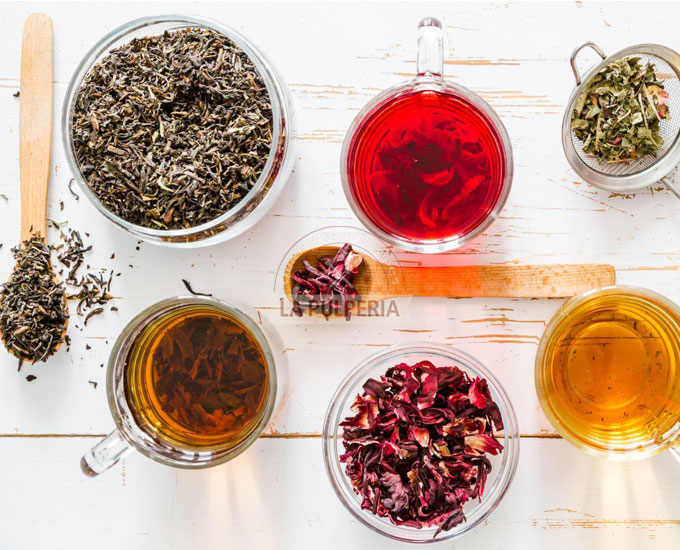
1. Matcha
Matcha is a high caffeine tea that is powdered green tea made primarily in Japan from stone-ground tea leaves. Matcha contains a lot of caffeine for a variety of reasons.
For one thing, when you brew a bowl of matcha, you are going to consume whole tea leaves instead of a diluted infusion like that when you drink a mug of tea. This implies you are getting a strong dose of a number of tea’s bioactive components, such as caffeine, l-theanine, and antioxidants.

Matcha tea trees are shaded for many weeks prior to harvest, which tends to increase the caffeine content.
2. Black tea
Black tea contains a lot of caffeine. There is about 20mg of caffeine in a cup of black tea (about 100g tea). Many hearty breakfast blends, such as Irish Breakfast and English Breakfast, are made with Indian black teas of the camellia sinensis var. assamica varietal, which has a higher caffeine content.
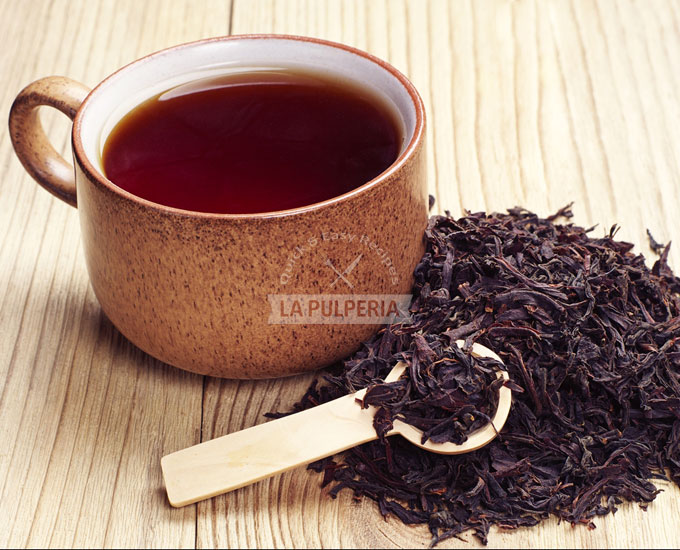
Black tea blends are frequently roughly chopped into smoother broken tea leaves, increasing caffeine content. Finally, black teas are typically prepared with hotter water and steeped for a longer period of time, which might result in a cup of tea that is particularly high in caffeine.
3. Mate & Guayusa
Each cup of yerba mate has 180mg of caffeine, while Guayusa has even more. This is due to the fact that the drink is generally prepared with an incredibly high leaf-to-water ratio. Fill a gourd two-thirds full of leaves before pouring hot water in. The drink may then be appreciated with a metal straw or bombilla that automatically filters out the leaves.
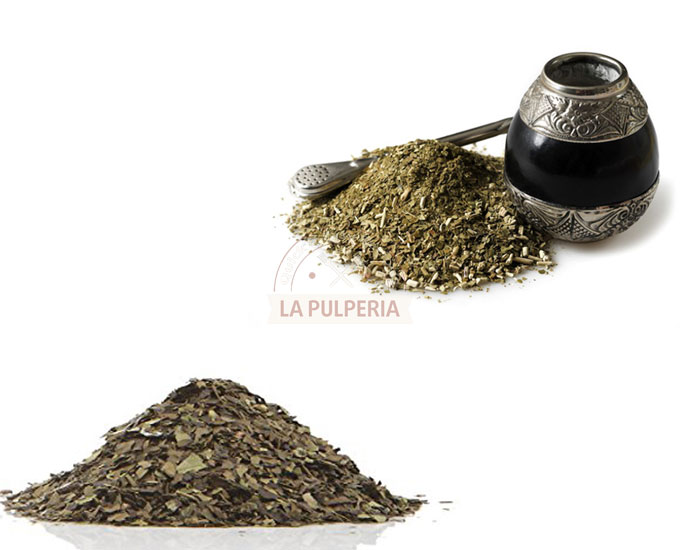
While these herbal infusions contain the most caffeine, they are technically excluded from the question of which tea contains the most caffeine since they are not tea types. This is a great choice if you’re looking for a high-caffeine drink that isn’t coffee.
4. Mate
While yerba mate contains caffeine, it is not associated with the tea plant. Mate is a species of holly plant that is native to South America and widely known in countries such as Argentina and Chile. Mate has a high caffeine content, nearly as much as a coffee per cup. Mate might be consumed by itself or in flavored blends such as Lively Lemony Mate and Nutty Mocha Mate.
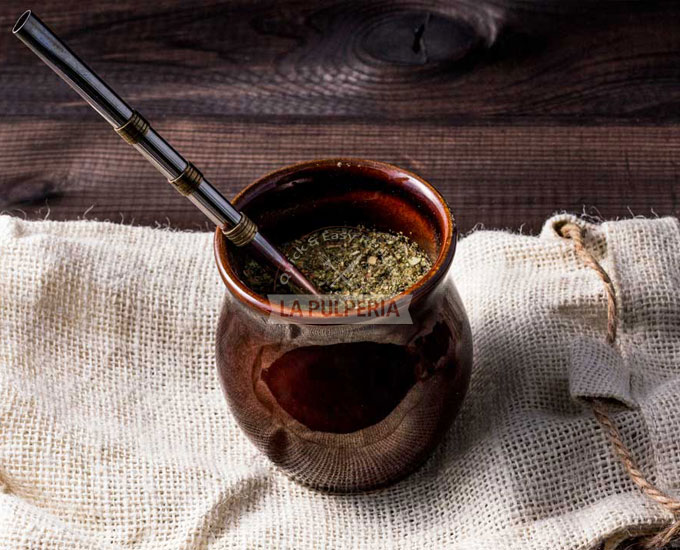
5. White tea
The term “white tea” refers to the silver buds of the tea plant, which are frequently used during white tea blends. White tea is a solar withered tea produced with minimal processing, rather than a tea made from buds. Some of the more well-known white teas are made entirely of buds, so they will contain more caffeine than a typical black or oolong tea.
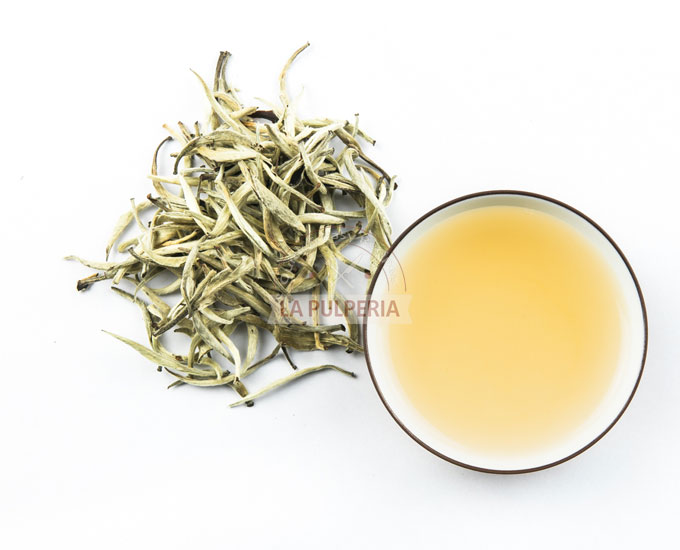
To slow the oxidation reactions, tea leaves are selected and dried in the sunshine. White tea made with only the older, more mature leaves has less caffeine than tea made with only the white buds, which has the most caffeine.
6. Oolong tea
Oolong tea is made from the mature leaves of the tea plant, making it among the less caffeinated tea varieties. Because oolong tea is the most processed of the tea varieties, it is possible to use aged tea leaves and still produce a smooth, flavorful tea.
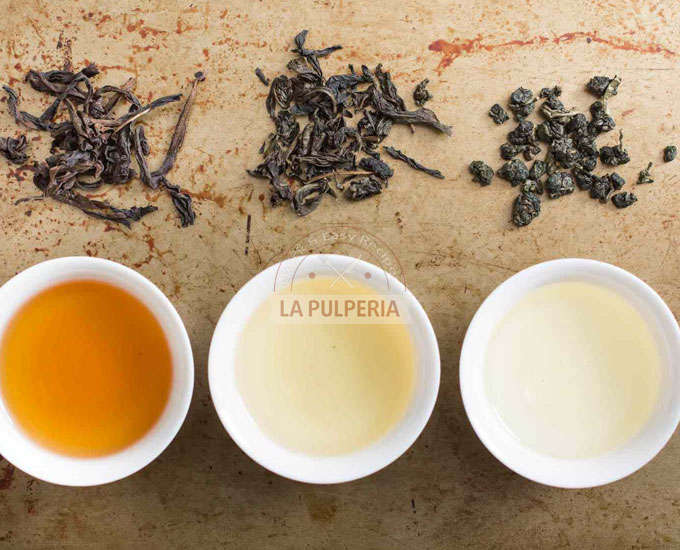
Because older tea leaves include less caffeine, oolong is not the correct answer to the question of what tea has the most caffeine.
7. Pu-erh tea
Pu-erh teas are aged teas that are popular in China. These teas have such a rich, earthy flavor, brew an inky black hue, and are extremely caffeine-rich.
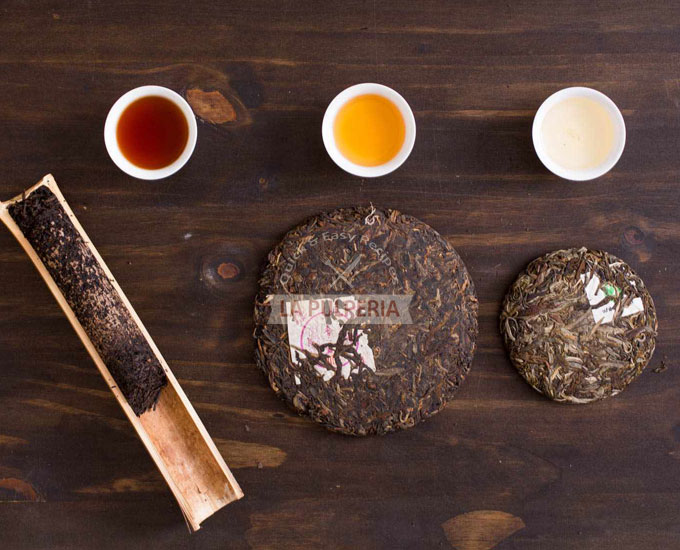
Pu-erh teas, just like black teas, are frequently prepared with hot water and by steeping the tea leaves for a longer duration of time, which produces a stronger, more caffeinated type of tea. Ripe (shou) pu-erh fermented using a wet-pile method contains more caffeine than raw (sheng) pu-erh fermented using old techniques.
8. Herbal tea: ginger, chamomile, and peppermint
Of course, “caffeine free” contains the least amount of caffeine. When you drink herbal infusions such as ginger, chamomile, and peppermint, you have this. These are technically not teas since they do not come from the tea tree (camelia sinensis), but we included them on the list anyway to provide you with a caffeine-free option.
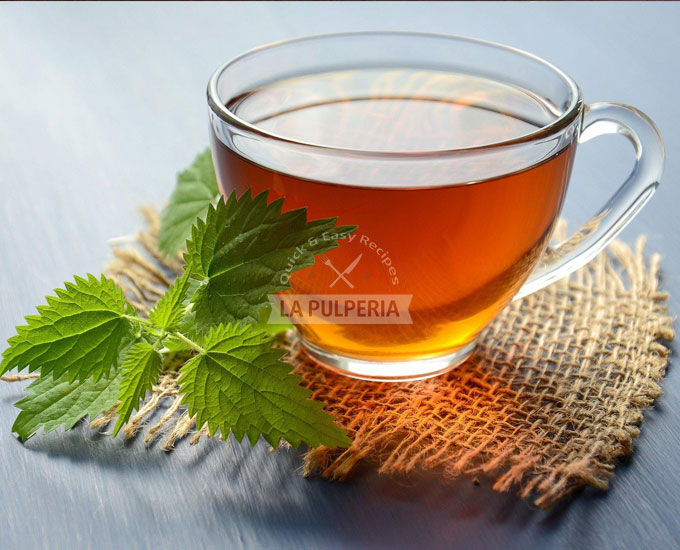
These beverages are an excellent method for enjoying a warm, healthy, and savory drink in the evening without consuming excessive caffeine. The majority of these herbal infusions or “tisanes” are caffeine-free, so enjoy!
9. Green tea
Does green tea contain caffeine? When finding a list of the strongest teas, it’s tempting to mention green tea, especially Japanese green tea. This tea category includes many of the world’s highest-caffeine teas, although not all green teas are caffeine-rich. In this section, we will highlight a handful of our favorite high-caffeine green teas and discuss them briefly.
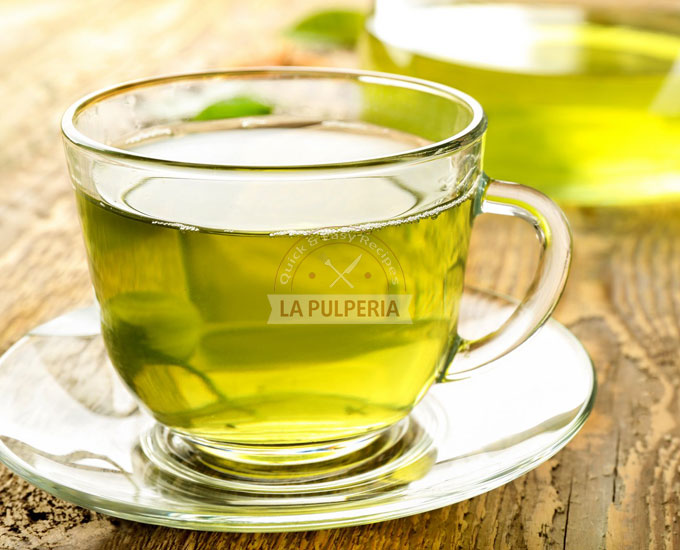
9.1 Gyokuro
Gyokuro, the one and only Japanese green tea with more caffeine than a cup of coffee, is the very first tea on our list. When people are asked which tea has the most caffeine, Gyokuro is always at the highest of the list.
Because of the thorough production procedure, this is taken into account the most premium Japanese leaf tea. This tea must be shaded for three weeks prior to harvest in order to achieve its distinctive sweet and savory flavor. When exposed to direct sunlight, theanine in the tea plant is transformed into catechins. These will have a possibly a bit drier, more bitter flavor than theanine, so if you are seeking a sweet and savory tea, choose a shaded sencha or a Gyokuro.
Gyokuro does have the longest shading method, other than matcha. This enables the tea to produce its distinct flavor as well as its high caffeine content. When the tea plant is deprived of sunlight, it produces more caffeine as a defense mechanism against insects.
A cup of premium Gyokuro can even have 120-140mg of caffeine, which is greater than most small coffee cups. You might not feel as if it contains as much caffeine because, instead of a quick burst of energy, you will experience a longer-lasting boost that should continue throughout the day. This is ideal for prolonged periods of work, research, or meditation. Did you realize that this tea is also available in powder form? This is called Gyokuro powder, and it’s slightly different from matcha.
9.2 Kabuse Sencha
Kabuse Sencha is the 2nd high-caffeine tea on our ranking. Kabuse sencha is regarded as the second highest quality leaf tea in Japan, after Gyokuro. These teas are shaded for ten to twelve days prior to harvest in order to achieve a sweeter, smoother taste with less bitterness.
Despite being less long-shaded as Gyokuro and matcha, these teas still create a significant amount of caffeine and theanine. These green teas will contain more caffeine than standard sencha but less caffeine than Gyokuro. This tea’s flavor profile is softer and sweeter, without being overly strong on savory or brothy notes. If you prefer sweeter teas but are put off by the more seaweedy flavors of Gyokuro, this could be the tea for you.
9.3 Sencha
Sencha is the 3rd tea on our list. Sencha represents the most popular type of green tea in Japan, and it also offers the most flavor options. You can choose between a drier unshaded asamushi sencha and a sweeter and tastier shaded fukamushi sencha.
The principal factors that affect the flavor of a sencha are the cultivar, the way it is shaded, the way it is picked, and how it’s steamed. Gyokuro is shaded for three weeks or more before harvest, Kabusecha for ten to twenty days before harvest, but normal sencha could be unshaded or shaded for a maximum of ten before picking.
How Shading Affects Sencha Caffeine
In general, the longer it is shaded, the sweeter the tea will be. In addition, depending on how long the tea leaves are steamed, a farmer can modify the unique taste of the sencha. Normal sencha teas are shaded for thirty to forty seconds, but Fukamushi sencha might be shaded for a couple of seconds longer to break down the leaves and generate a richer, fruitier flavor as well as a deeper green color.
You may also purchase asamushi sencha, which is steamed for less than thirty seconds. Most sencha teas contain roughly half the caffeine of a drink of coffee, therefore if you are caffeine sensitive, these may be a great option for you. Sencha is a nice method to get a little caffeine in the morning without feeling bloated.
9.4 Shincha
We now reach Shincha, the fourth tea on our list of green teas. Even though shincha is technically a subtype of sencha, it clearly refers to the first springtime harvest. The first shincha teas are harvested in April or May, and sometimes people keep themselves busy all year long in anticipation of the new crop.
These teas will have a similar amount of caffeine to sencha, but given that they are always produced from the tea plant’s top sprouts, they will typically have more caffeine than a classic sencha tea. This is because the caffeine produced by these newer, more delicate buds is greater.
The younger leaves of the tea tree are much more vulnerable to insect attack, so they must produce more caffeine as their main defense. The tea plant’s stems and old aged leaves are much more resilient, so they don’t require as much protection. Because of this, teas like Bancha, which are made from the older leaves and stems of the tea plant, contain much less caffeine.
Other caffeinated teas
All teas produced from the camellia sinensis plant involve some caffeine, though the teas mentioned above are particularly high in caffeine. Black and pu-erh teas typically contain the most caffeine, followed by oolong, green, white, and purple teas.
Even teas belonging to the same broad categories can differ in their caffeine content, though, as it depends on a variety of different factors when a cup of tea is brewed.
It’s challenging to predict how the caffeine in a particular tea could affect you because caffeine can have a very diverse range of effects on individuals depending on their own specific body chemistry and predispositions. If you’re concerned about ingesting too much caffeine, try limiting yourself to one or two cups of caffeinated tea per day and steer clear of drinking it in the afternoon or evening.
On the other hand, our high-caffeine teas might be exactly what you need if you’re trying to increase your caffeine intake. Whether you choose a cup of meditative matcha, a rich, earthy pu-erh, or any of our other highly caffeinated teas, it will undoubtedly give you the extra kick you need to get through the day.
What Affect The Amount Of Caffeine In Tea
Caffeine amount in tea changes based on several variables, and may be affected by properties found in tea along with various brewing and preparation techniques. These are some examples:
- Tea varietal – All tea comes from the same plant. The tea plant (camellia sinensis) is divided into two varieties: camellia sinensis var. sinensis, which is primarily grown in China, as well as camellia sinensis var. assamica, which is primarily grown in India. Caffeine levels are higher in teas made from the camellia sinensis var. assamica varietal.
- Harvest season – In overall, teas harvested in the spring contain more caffeine than teas harvested fairly late in the year. Teas such as silver tip white teas and first flush Darjeeling teas fall into this category. Teas harvested in the spring have relatively small leaves and buds, which adds to their higher caffeine content.
- Growing practices – The caffeine amount of tea may also be influenced by certain growing practices. Shading tea plants for a few weeks before harvest, in particular, significantly increases caffeine content. This is the reason matcha, in addition to other shade-grown Japanese teas such as Gyokuro and Kabusecha, are so high in caffeine.
- Water temperature – Another important factor in determining the caffeine level of a cup of tea is the water’s temperature. Tea brewed with boiling hot water, such as black tea or pu-erh tea, has a higher caffeine content. Green tea, for example, contains less caffeine when brewed with cold water.
- Processing techniques – Caffeine amounts in tea can also change based on how the tea is treated. Matcha, for example, is made by crushing whole green tea leaves into a powder form, which significantly increases the caffeine content because you consume the entire tea leaf when drinking a bowl of matcha. Similarly, finely ground teas, such as Irish Breakfast, contain more caffeine than fuller loose-leaf teas.
- Steep time – The longer you steep tea, the more caffeine it contains. This is why black teas, which are infused for a longer amount of time than some other varieties of tea, contain more caffeine. Quicker steep times lead to lower caffeine levels, so teas steeped for only 1 or 2 minutes, such as green tea and white tea, are often lesser in caffeine.
- Amount of tea leaves – The higher the tea leaf-to-water ratio, the more caffeine is available in a cup of tea. If you prefer a stronger cup of tea, add more tea leaves to your infuser for a stronger, more caffeinated cup.
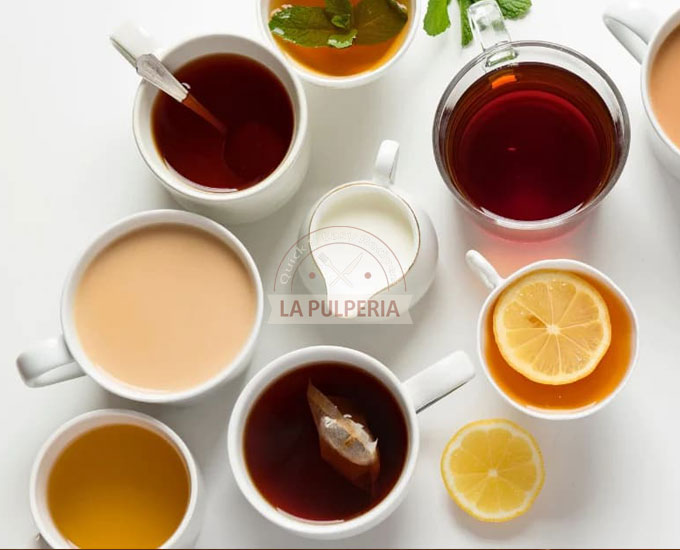
Because the caffeine level of tea is affected by so many various factors, determining the accurate caffeine content of any given tea can indeed be tricky. Overall, black teas, pu-erh teas, and matcha have high caffeine content, whereas white tea, green tea, and oolong tea have lower caffeine content.
The Effects of Caffeine in Tea
Caffeine can inhibit the body’s “sleep receptors,” preventing them from being activated by tiredness. It is not a substitute for sleep, but it can provide short-term advantages in terms of concentration and cognition. Tea, like coffee, can be used to support you during athletic training, research, or work.
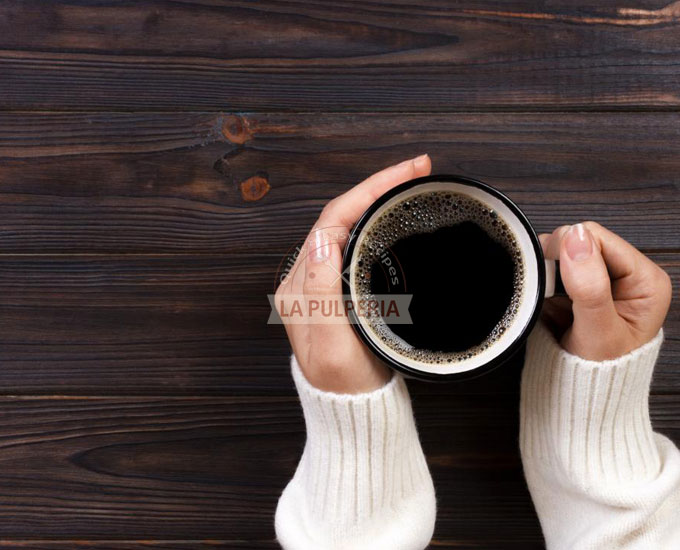
Of course, there is a threat of drinking too much caffeine. You should generally try to limit your daily dose to less than 400mg, or you might start to experience side effects. Caffeine withdrawal symptoms include irritability, insomnia, headache, nervousness, and heart palpitations. There will be more side effects as you consume more caffeine, but these are a few of the more noticeable ones.
Final Words About Which Tea Has The Most Caffeine
Black, oolong, green, and white teas are the most caffeinated. All of these have the potential to be beneficial to one’s health because they include flavonols, flavonoids, antioxidants, polyphenols, and other health-promoting compounds.
Tea’s health advantages include:
- cardiovascular health because of lower cholesterol
- weight loss
- antioxidant protection
- prevention from the damaging effects of UV rays
- reduced inflammation
Popular teas typically come in decaffeinated varieties if a person wants to stay away from caffeine, which can overstimulate or interact with certain medical conditions. Many herbal teas, among other teas, are free of caffeine naturally. Rooibos, hibiscus, and chamomile tea are healthy, caffeine-free teas that have positive health effects.
Hope that the above guide helps you get a clear answer to the question of which tea has the most caffeine!
Above are the best and detail answer which tea has the most caffeine from https://bluevelvetrestaurant.com. Hope you have more information after reading our sharing. If you want to update more yummy dishes, contact us.
